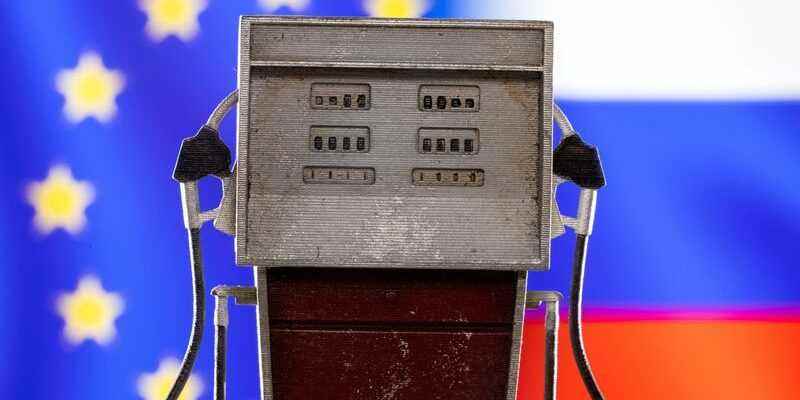This development is likely to increase competition for Asian customers between Russia and the other major fuel exporters – Saudi Arabia and the United States – which are Asia’s top three suppliers.
The European Union has slowly reduced Russian crude and fuel imports since March and agreed to a full embargo to take effect at the end of 2022.
Asian buyers have stepped in to rapidly increase their purchases of Russian crude, even though Asia is not a natural market for Russian fuel, as Asia refines more oil than it needs and is a net exporter of fuel.
It is therefore essential for Russia to find new markets, such as Africa and the Middle East, in order to protect its share of the world market and avoid a greater decline in oil exports and production.
“Africa and the Middle East seem to be the main options for suppliers of Russian petroleum products, so we expect more shipments in the second half of the year as the EU embargo gets closer. “, a trader involved in the trade of Russian oil products told Reuters.
Russia was exporting more than 2.5 million barrels per day (bpd) of crude and some 2 million bpd of fuel to Europe before sanctions against Russia’s financial sector made trading much more difficult.
Russian oil companies have recently increased deliveries of gasoline and naphtha to Africa and the Middle East from the Baltic countries, traders said. Prior to the sanctions, most Russian supplies to these regions came from Black Sea ports.
At least five shipments carrying around 230,000 tonnes of gasoline and naphtha were delivered in May-June from the Baltic port of Ust-Luga Oman and the Mirian oil center of Fujairah, according to Refinitiv data.
In total, deliveries of naphtha and gasoline from Russian ports to Oman and the UAE reached nearly 550,000 tonnes this year, compared to zero for the whole of 2021, the data showed.
Nigeria and Morocco have been the main destinations in Africa for Russian gasoline and naphtha in recent months, according to Eikon data from Refinitiv and traders, while several shipments have also been delivered to Senegal, Sudan, Cte d’Ivoire and Togo.
The overall monthly supply of Russian gasoline and naphtha to the region has risen to around 200,000 tonnes in recent months, including volumes shipped from storage in Latvian and Estonian ports, according to Refinitiv Eikon data. .
Shipments of Russian diesel to African countries have reached 1 million tons since the beginning of the year, compared to 0.8 million tons in January-June 2021, with Senegal and Togo as the main destinations, according to data from Refinitiv and Reuters calculations.
In May, arrivals of Russian fuel oil in the Mirati oil hub of Fujairah also made a leap forward.
Despite higher shipping costs, supplying Russian oil products to Africa and the Middle East helps trading companies preserve their margins, as options for reselling oil products in Europe have been limited due to sanctions, have said the traders.
“Sohar (Oman) and Fujairah (in the UAE) could offer storage and blending capacity for all those barrels, as European ports have started refusing Russian oil products,” said a market source involved in the oil trade. Russian petroleum products.
THE DISRUPTION OF THE INTERNAL MARKET
The change in Russia’s export markets has led to an unprecedented disparity in Russia’s domestic market. Summer-grade diesel is currently trading at prices 30-40% higher than gasoline, according to Reuters data. Gasoline is normally more expensive than diesel.
Previously, Russia exported gasoline and naphtha to European trading hubs, but had to turn to Africa and the Middle East due to weak demand in Europe, traders said.
As a result, domestic prices for these products in Russia have collapsed due to the abundant supply.
Russian gasoline traded at $250,300 per ton below unsanctioned European product, which was most recently priced at around $1,330 per ton on an FOB basis.
Diesel shipments have received much lower discounts – around $40-50 per tonne below the unsanctioned European product – as demand remains strong, traders say.
